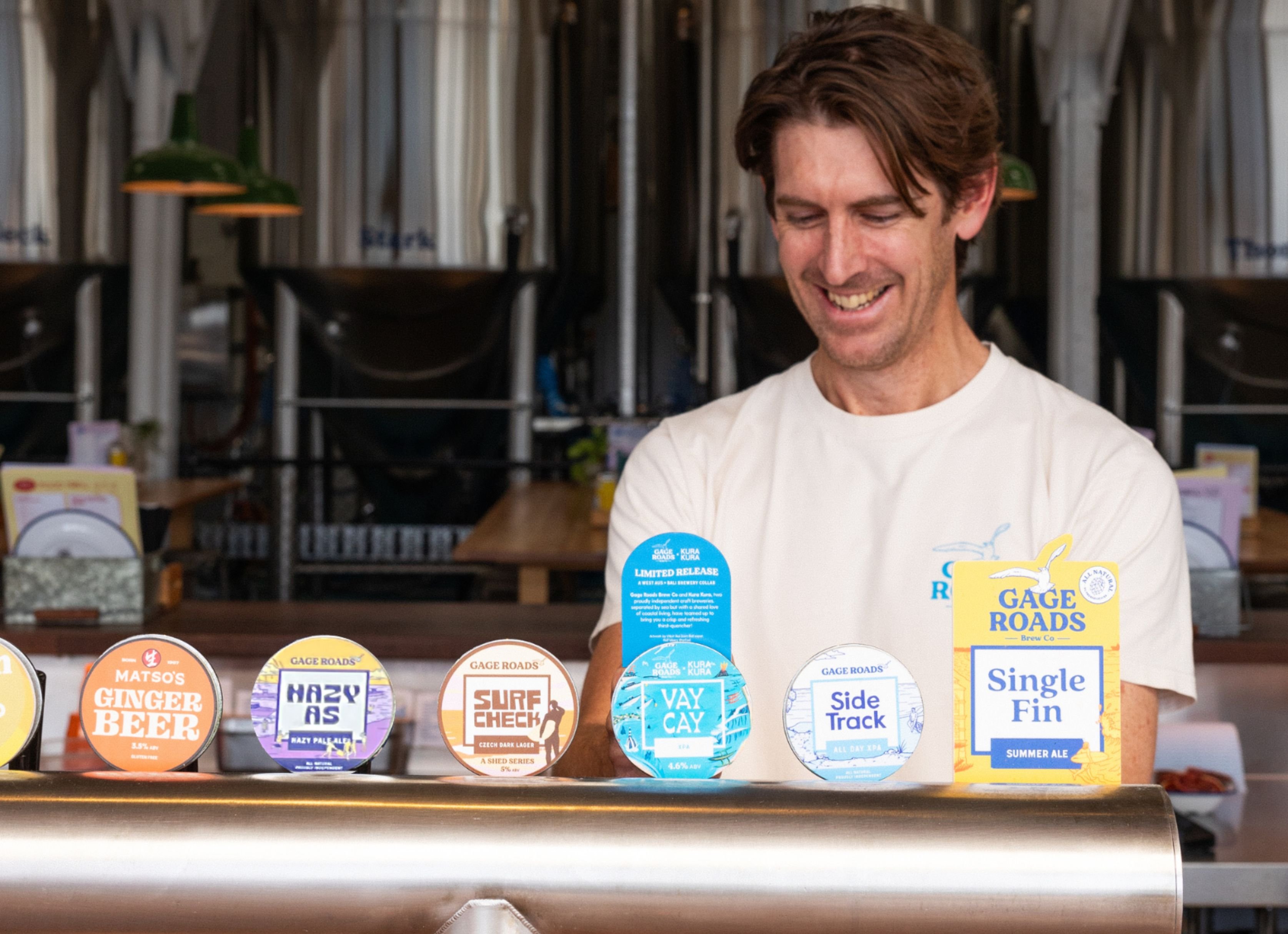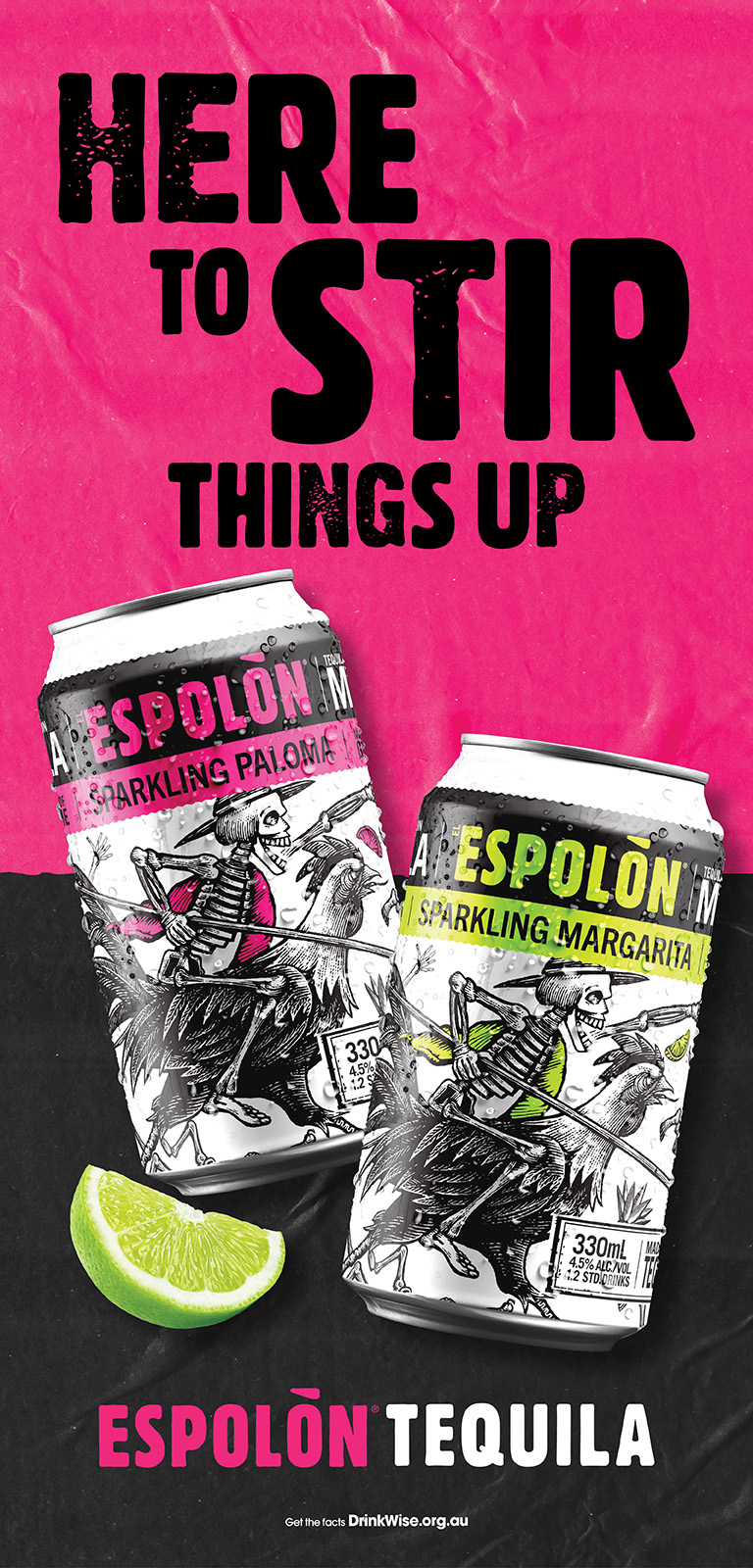Recently, Drinks Trade published this article discussing the latest CreditorWatch Business Risk Index data. Worryingly, this saw the 12-month forecast for business failures rise yet again, with 9.1%, or one in 11, of Australian hospitality venues now expected to become insolvent over the coming 12 months.
Following this news, Drinks Trade reached out to Patrick Coghlan, CreditorWatch's CEO, to gain a better understanding of the factors contributing to hospitality's high level of business failure risk along with what Australia's on-premise trade should expect moving forwards.
Drinks Trade: How dire is the current situation for hospitality venue owners in Australia?
Patrick Coghlan: It depends how you measure it. Obviously, the number of insolvencies we're seeing at the moment is at a record high, and we're starting to see a record high for defaults and payment times as well. So all of the sort of key indicators show that it is really tough out there for businesses.
Despite that, though, Australian businesses are really well set up to deal with it, so it's not panic station. Yes, there's a reduction in spend by both consumers and businesses. Yes, there's an increase in inflation/interest rates/just cost in general, which is creating a margin squeeze. But we haven't seen a huge deterioration right across the market, which is positive.
The sense is that we'll be able to get through this downturn and come out on the other side with really good quality fundamentals in place for most businesses.
DT: Why is the hospitality sector being hit the hardest?
PC: If you think about it, from a hospitality perspective, there's only so much that you'll pay for a beer, for a coffee, for a bowl of pasta, for a sandwich. Unfortunately in the hospitality industry, you can't pass on the cost the consumer in the same way that a software business might be able to pass costs on to a commercial customer of theirs.
DT: Within the hospitality industry, which businesses are suffering the most?
PC: Smaller operators/single operators are definitely the ones who are struggling the most. That's typically because they've got smaller margins, they've got little or no cash reserves to deal with the downturn, and they're unable to obviously access capital from a from a lender to help get them through this period. We're seeing the larger ones still performing quite well - and that's obviously not a blanket statement - there's gonna be pockets here or there.
DT: How about on a regional level? Where are hospitality businesses most likely to go insolvent?
PC: In general, the regions generally do better, and that's because there's a concentrated population that is usually better off from a financial perspective. They're generally an older demographic so therefore probably got a smaller mortgage or no mortgage at all and therefore a little bit more free cash flow to play with. Rent and costs are generally lower and they've got a very very loyal sort of customer base and low competition.
DT: In April, the 12-month forecast for hospitality business failures was 7%, and now it's 9.1%. The numbers seem to just keep on rising… when do you think they will start levelling out?
PC: We probably won't see a level out until there's real clarity as to when that first interest rate cut comes, and then we actually see that the cut take place; so there's two sort of horizons to get to there. We're still running at 4% inflation, which is just putting a huge amount of pressure on businesses/on the cost and input of the business.
DT: When can Australian businesses expect that interest rate cut to occur?
PC: That's the million billion trillion dollar question as to when that first rate cut will come. It wasn't that long ago that we were expecting the rate cut to take place in August. Now, they're talking about potentially a rate increase in August. I think the general consensus is a rate cut won't happen until probably mid 2025.
DT: Do you expect things to balance out somewhat up until then, or will they continue to get worse?
PC: I think they'll probably continue to get a little bit worse from where we are at the moment.
DT: If you could wave a magic wand, what would you like to see changed?
PC: I might reposition that and say a rate cut would bring welcome relief for consumers, and that will obviously flow on to businesses across the country. So that's that's going to have the single biggest impact particularly on the hospitality industry and consumer discretionary spend.
DT: What advice would you give to hospitality business owners? Any common mistakes to avoid?
Look, I think you know cash is always king, but it's it's sort of King, Queen and Jack at the moment. That's that's the most important thing: I think people need to be ensuring that they're forecasting for the situation to get worse rather than being surprised by and having to deal with it when it does get worse.
DT: What does CreditorWatch offer its clients to help navigate these business pressures?
PC: So we enable businesses that provide credit terms/trade terms to other businesses the ability to perform credit checks on those companies. So we give companies the confidence to trade with their customers and with new customers... We're finding more and more companies turning to CreditorWatch to assist them in assessing their existing customer book but also [assessing] new customers that are coming to them.
There's plenty of companies shopping around at the moment and if you're a business that hasn't traded with a business that's come to you for credit before, how do you know that they're gonna pay their bills? That's ultimately where CreditorWatch provides some surety.

//
CreditorWatch has launched a debt management tool to help alleviate growing pressures
Share the content










